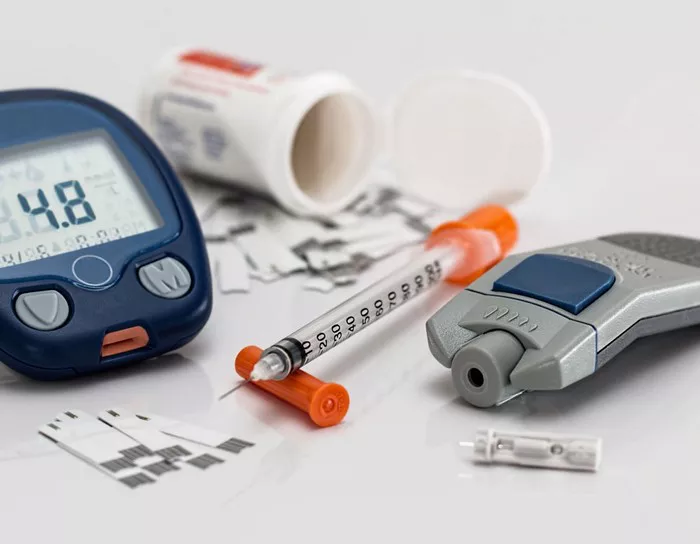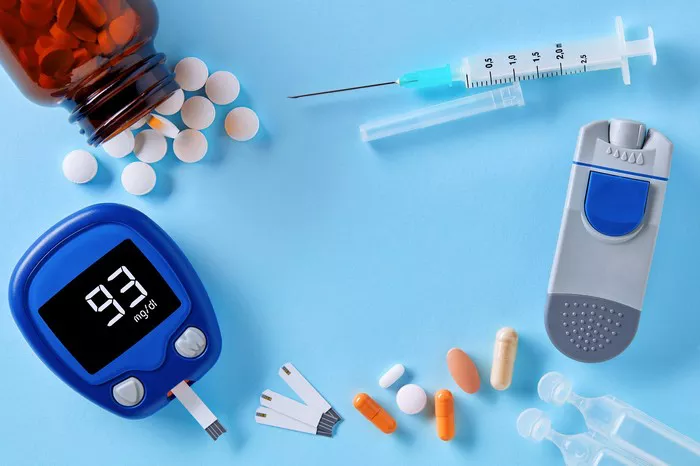Insulin, a pivotal hormone in glucose metabolism, plays a crucial role in regulating blood sugar levels and maintaining metabolic equilibrium within the body. Over the years, advancements in medical science have led to the development of various types of insulin formulations, each with unique characteristics and therapeutic indications. In this comprehensive article, we will delve into the three primary types of insulin, exploring their mechanisms of action, clinical applications, and implications for diabetes management.
Understanding Insulin: A Fundamental Hormone
Insulin is a peptide hormone produced by the beta cells of the pancreatic islets of Langerhans. Its primary function is to facilitate the uptake of glucose into cells, where it is utilized for energy production or stored as glycogen in the liver and muscles. Insulin also inhibits glucose production in the liver and regulates lipid metabolism, making it essential for maintaining blood sugar levels and metabolic homeostasis.
Types of Insulin
Insulin formulations are classified based on their onset, peak, and duration of action. The three main types of insulin include:
- Rapid-Acting Insulin
- Short-Acting Insulin
- Long-Acting Insulin
Let’s explore each type of insulin in detail:
1. Rapid-Acting Insulin
Rapid-acting insulin analogs are designed to mimic the physiological response of the pancreas to mealtime glucose spikes. These insulins have a rapid onset of action, typically within 15 minutes of administration, and peak effects occurring within 1-2 hours. The duration of action is relatively short, lasting around 3-4 hours.
Mechanism of Action: Rapid-acting insulin analogs, such as insulin lispro, insulin aspart, and insulin glulisine, are structurally modified to facilitate faster absorption and onset of action compared to regular human insulin. They work by promoting the uptake of glucose into cells, thereby lowering blood sugar levels rapidly after meals.
Clinical Applications: Rapid-acting insulins are administered shortly before or immediately after meals to control postprandial hyperglycemia. They are typically used in conjunction with basal insulin or long-acting insulin analogs to provide comprehensive glycemic control throughout the day.
Brand Names:
- Humalog (insulin lispro)
- Novolog (insulin aspart)
- Apidra (insulin glulisine)
2. Short-Acting Insulin
Short-acting insulin, also known as regular insulin or human insulin, has a slower onset of action compared to rapid-acting insulins. It typically takes 30-60 minutes to start working, with peak effects occurring within 2-3 hours. The duration of action is relatively short, lasting around 4-6 hours.
Mechanism of Action: Short-acting insulin works by promoting the uptake of glucose into cells and inhibiting glucose production in the liver. It has a more gradual onset of action compared to rapid-acting insulins but still provides effective control of blood sugar levels after meals.
Clinical Applications: Short-acting insulin is administered 30 minutes before meals to control postprandial hyperglycemia. It is commonly used in individuals with diabetes mellitus who require insulin therapy to manage their blood sugar levels effectively.
Brand Names:
- Humulin R
- Novolin R
3. Long-Acting Insulin
Long-acting insulin analogs are designed to provide basal insulin coverage over an extended period, typically lasting up to 24 hours. Unlike rapid-acting and short-acting insulins, long-acting insulins have a gradual onset of action and a peakless profile, resulting in a steady and sustained reduction in blood sugar levels.
Mechanism of Action: Long-acting insulin analogs, such as insulin glargine and insulin detemir, form soluble micro-precipitates upon injection, which are gradually released into the bloodstream, providing a continuous supply of insulin over time. They work by suppressing hepatic glucose production and promoting glucose uptake in peripheral tissues.
Clinical Applications: Long-acting insulins are administered once daily at the same time each day to provide basal insulin coverage throughout the day and night. They are often used in combination with rapid-acting or short-acting insulins to achieve comprehensive glycemic control in individuals with diabetes mellitus.
Brand Names:
- Lantus (insulin glargine)
- Levemir (insulin detemir)
Conclusion
Insulin therapy remains a cornerstone of treatment for individuals with diabetes mellitus, providing essential support for maintaining glycemic control and preventing complications associated with the disease. By understanding the different types of insulin, healthcare providers can tailor treatment regimens to meet the individual needs and preferences of patients with diabetes. Rapid-acting insulins offer rapid onset and short duration of action, making them ideal for controlling postprandial hyperglycemia. Short-acting insulins provide effective control of blood sugar levels after meals with a more gradual onset of action. Long-acting insulins offer basal insulin coverage over an extended period, providing stable blood sugar control throughout the day and night. With ongoing advancements in insulin formulations and delivery devices, the future holds promise for improving outcomes and enhancing the quality of life for individuals living with diabetes mellitus.

























